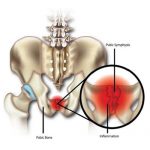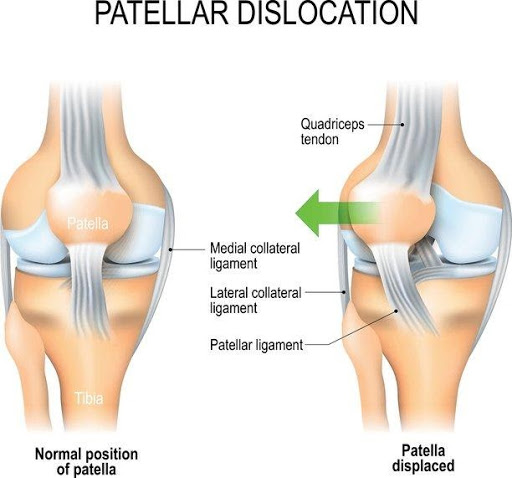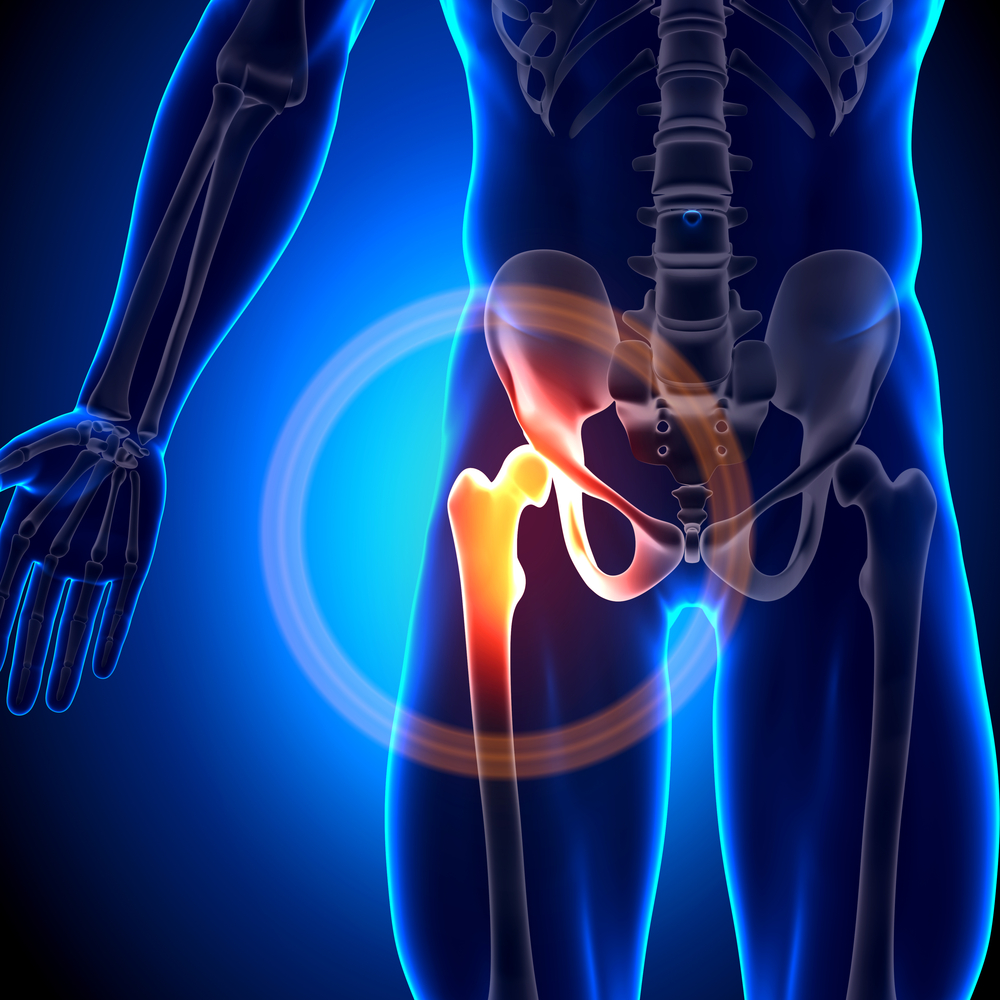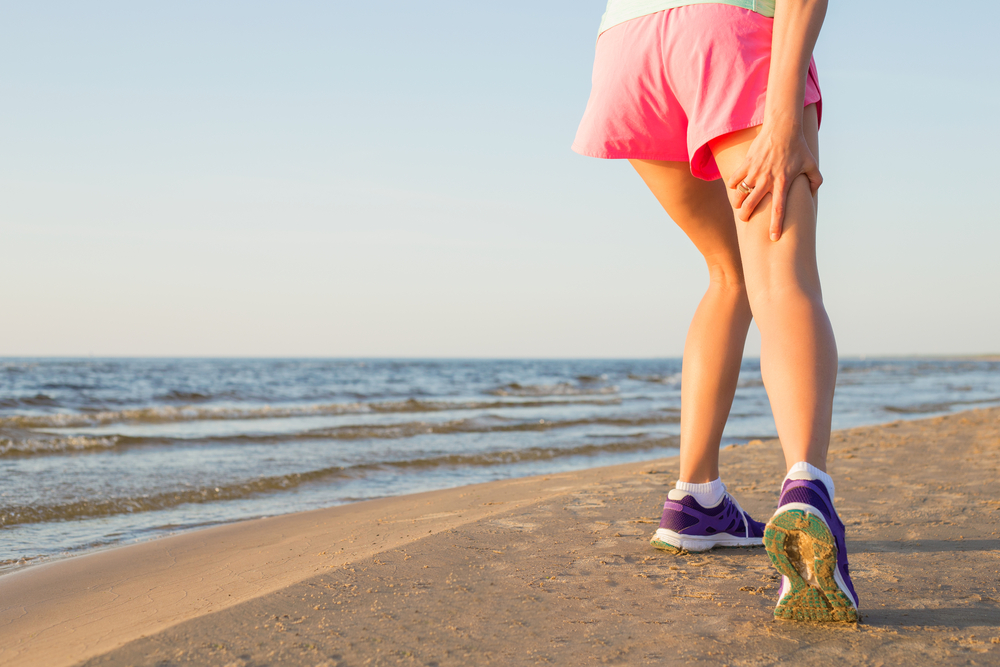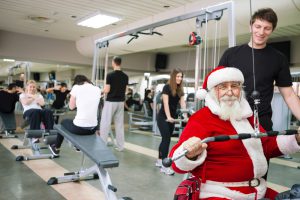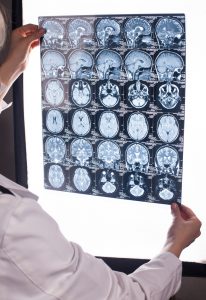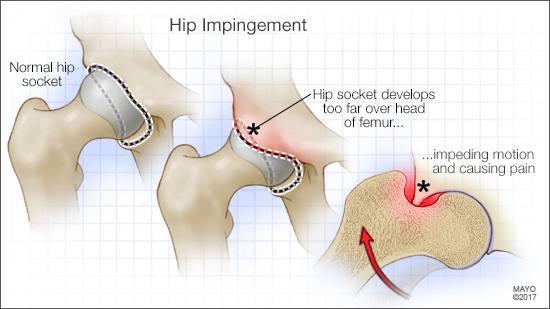What they don’t tell you about working from home…safely
Working from home has many benefits. It gives you the flexibility to finish work tasks while also allowing you to do what you need at home: looking after kids, cleaning the house, errands and that home project you’ve put off.
I’m in pain!
But working from home also bring with it some difficulties. For one, not many people are equipped to have a good work set up at home. Most of the people that have come in for treatment, have reported of working from a laptop, sitting slouched on a couch. Some are sitting on a bar stool, working on the kitchen bench!
These aren’t the best position to work for long hours, because they put a lot of strain on your shoulder and neck. The tension builds up the longer you work in this position and can cause pain as well as headaches!
It is why a good work ergonomic is important! This will help to prevent you from suffering during this social distancing period.
So what can you do to help yourself?
Here are some quick tips:
1) Work with a desktop and a proper screen.
Laptops are convenient, but their setup is too low for long term use. Most of the time, you will realise that your head and neck is protruding forward. This is very bad for your body! If you don’t have a desktop or an extra screen, then you can prop the laptop up with some yellow pages book, then using another keyboard and mouse.
You can also get a proper laptop stand if you’d prefer.
 2) Work on a desk, not on the couch or the bed.
2) Work on a desk, not on the couch or the bed.
Yes it is comfortable to lie back on the couch or roll around on the bed. But these are not the best place to do your work. Sitting on a proper desk with a proper chair will make your body thank you! It allows you to adjust your sitting position so that you put a lot less stress on your neck and shoulder, reducing the chance of you having pain down the track.
3) Doing stretches every now and then.
We’ve discussed this before in another blog, so head over to this link.
So you can see what we’re trying to do here. All of the above tips are to reduce the stress you put on your neck and shoulder. Capital Physiotherapy is still open, so feel free to come in for a consultation. We can provide you with a proper assessment and advice that will suit you. If you prefer, we also provide Telehealth consultation and we can also provide on the spot recommendations on what you can do to make sure your work station is the best it can be.



